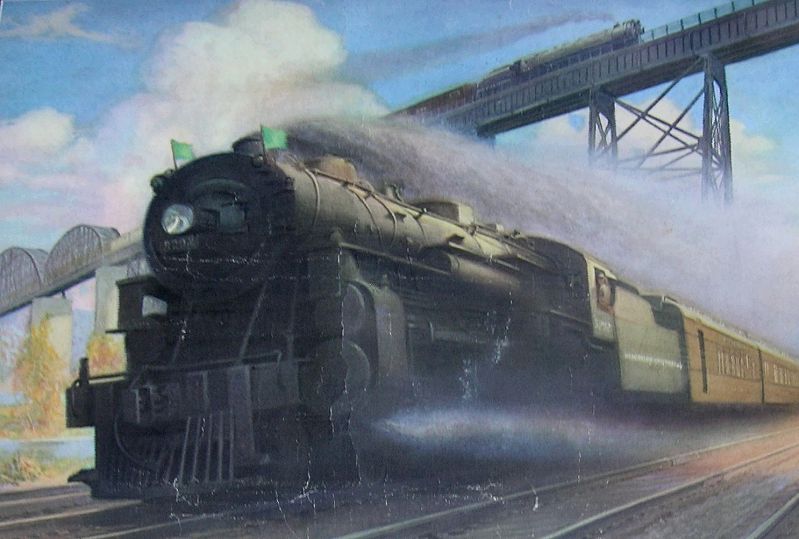The line and grade was engineered to avoid the use of helpers and none were ever assigned. But, since you said "ever" I would speculate that there were times in steam days when a train had an engine that was not steaming all that good and could not make the hill. In that event, it is likely that they sent a yard job over from Selkirk or grabbed the Hudson Switcher to give somebody a push. No doubt, even in diesel days a train had units that failed from time to time and so the Hudson Switcher to the rescue. There may have even been times when a westbound doubled the hill taking the head end into Selkirk and coming back for the rear end. During the time I was working on the Hudson Division in the late 50's early 60's I do not recall anyone needing a push or doubling, but I do recall trains "just making it."
